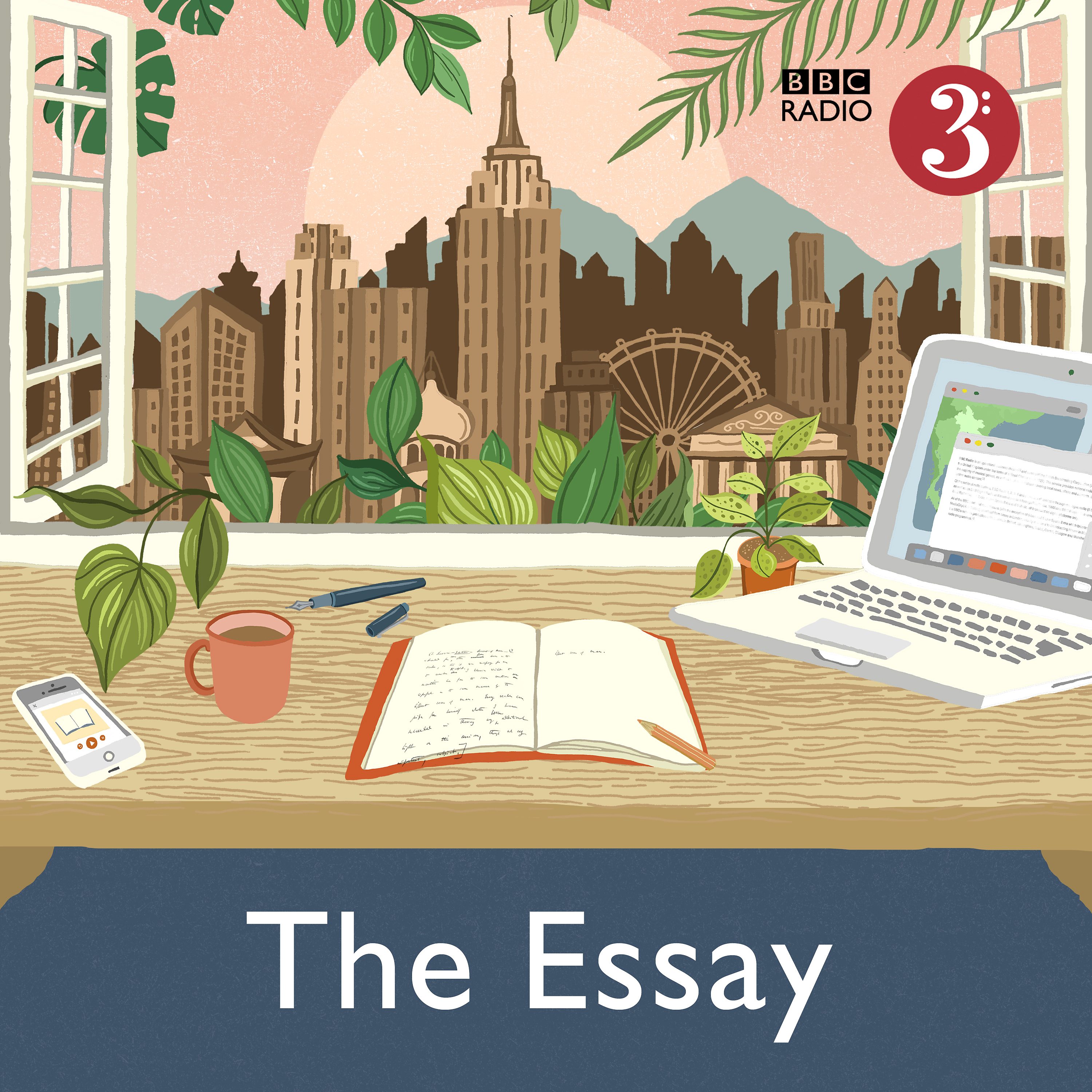- Culture
- SEE MORE
- classical
- general
- talk
- News
- Family
- Bürgerfunk
- pop
- Islam
- soul
- jazz
- Comedy
- humor
- wissenschaft
- opera
- baroque
- gesellschaft
- theater
- Local
- alternative
- electro
- rock
- rap
- lifestyle
- Music
- como
- RNE
- ballads
- greek
- Buddhism
- deportes
- christian
- Technology
- piano
- djs
- Dance
- dutch
- flamenco
- social
- hope
- christian rock
- academia
- afrique
- Business
- musique
- ελληνική-μουσική
- religion
- World radio
- Zarzuela
- travel
- World
- NFL
- media
- Art
- public
- Sports
- Gospel
- st.
- baptist
- Leisure
- Kids & Family
- musical
- club
- Health & Fitness
- True Crime
- Fiction
- children
- Society & Culture
- TV & Film
- gold
- kunst
- música
- gay
- Natural
- a
- francais
- bach
- economics
- kultur
- evangelical
- tech
- Opinion
- Government
- gaming
- College
- technik
- History
- Jesus
- Health
- movies
- radio
- services
- Church
- podcast
- Education
- international
- Transportation
- Other
- kids
- podcasts
- philadelphia
- Noticias
- love
- sport
- Salud
- film
- and
- 4chan
- Disco
- Stories
- fashion
- Arts
- interviews
- hardstyle
- entertainment
- humour
- medieval
- literature
- alma
- Cultura
- video
- TV
- Science
- en
Sign Language through the Ages (Robert Adam)

b"
Dr Robert Adam is an assistant professor at Heriot-Watt University and a lecturer in Linguistics, British Sign Language and Deaf Studies.
In his essay, 'Sign Language through the Ages', Robert explores the rich and layered history of British Sign Language. He recalls the first time he read a piece of deaf history - his father\\u2019s school published \\u2018Utmost for the Highest\\u2019 for its centenary in 1962, and was full of black and white photos of stern looking people and impressive edifices. The faces and names of long-dead deaf people leapt out at Robert and made him wonder what was life like for those deaf people then? They achieved so much but would have had to find their way in times where there were no anti-discrimination laws.
Robert shares with us how Deaf people and sign languages have existed since antiquity. Quintus Pedius, a painter in the first century AD, is the first recorded deaf person in history. The first clear record of sign language being used was a wedding in Leicester in 1575.
So why is sign language still viewed as a 'new' language by some? Robert shares the story of the fated Milan Congress held in September 1880 which was attended by mostly hearing educators from around the world who resolved to stop the use of sign language in the classroom. After Milan, sign language went 'underground' till the 20th century where it began to gain traction again - largely due to programmes such as 'Vision On' and 'See Hear' which graced our screens.
Within the context of the historical discourse, Robert concludes that deaf people are pioneers in their field and their work has had an impact on our lives today.
A Flashing Lights Media production for BBC Radio 3.
"